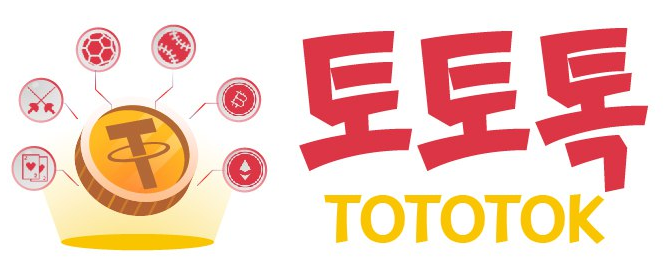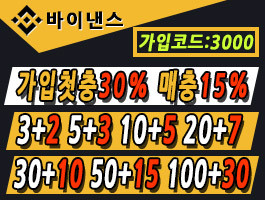Hair type analysis is an important aspect of understanding the unique characteristics of our hair and determining the most suitable hair care routine and products for optimal health and appearance. By identifying your hair type, you can tailor your hair c
작성자 정보
-
 Ahmed 작성
Ahmed 작성
- 작성일
본문
There are generally four main hair types: straight, curly, wavy, and coily (or kinky). Within each of these categories, there are further subcategories based on factors such as strand thickness, density, porosity, and elasticity. Here is a brief overview of each hair type and how to identify them:
1. Straight hair:
Straight hair is characterized by individual strands that lie flat and do not have a noticeable curl or wave pattern. It tends to be shiny, but can also be oily at the roots. Straight hair may be fine or coarse in texture.
2. Curly hair:
Curly hair forms into spirals or ringlets and can range from loose waves to tight coils. Curly hair is more prone to dryness and frizz due to the natural oils from the scalp having a harder time traveling down the length of the hair shaft. It can be fine, medium, or coarse in texture.
3. Wavy hair:
Wavy hair falls somewhere between straight and curly, with a slight bend or wave pattern. Wavy hair may vary in texture from fine to coarse. It can be prone to frizz and can benefit from hydration and styling products that enhance the wave pattern.
4. Coily (kinky) hair:
Coily or kinky hair has tight, springy curls or coils that form a distinct pattern. This hair type is often dry and requires plenty of moisture to maintain its elasticity and definition. Coily hair is prone to shrinkage and can be delicate, so gentle handling and protective styles are important.
To identify your hair type, you can start by examining the natural pattern of your hair when it is in its most natural state, such as after washing and air-drying without any styling products. Additionally, consider factors like strand thickness (fine, medium, or coarse), density (how closely spaced the individual strands are), porosity (how well your hair absorbs and retains moisture), and elasticity (how well your hair stretches without breaking).
Once you have determined your hair type, you can then choose hair care products and techniques that are best suited to your specific needs. For example, those with curly or coily hair may benefit from moisturizing shampoos and conditioners, while individuals with straight hair may require lighter products to avoid weighing down the hair.
Understanding your hair type is the first step towards achieving healthy, vibrant hair that looks and feels its best. Experiment with different products and techniques to find what works best for your unique hair type, and edge control vendor don't be afraid to seek advice from hair care professionals for personalized recommendations.
1. Straight hair:
Straight hair is characterized by individual strands that lie flat and do not have a noticeable curl or wave pattern. It tends to be shiny, but can also be oily at the roots. Straight hair may be fine or coarse in texture.
2. Curly hair:
Curly hair forms into spirals or ringlets and can range from loose waves to tight coils. Curly hair is more prone to dryness and frizz due to the natural oils from the scalp having a harder time traveling down the length of the hair shaft. It can be fine, medium, or coarse in texture.
3. Wavy hair:
Wavy hair falls somewhere between straight and curly, with a slight bend or wave pattern. Wavy hair may vary in texture from fine to coarse. It can be prone to frizz and can benefit from hydration and styling products that enhance the wave pattern.
4. Coily (kinky) hair:
Coily or kinky hair has tight, springy curls or coils that form a distinct pattern. This hair type is often dry and requires plenty of moisture to maintain its elasticity and definition. Coily hair is prone to shrinkage and can be delicate, so gentle handling and protective styles are important.
To identify your hair type, you can start by examining the natural pattern of your hair when it is in its most natural state, such as after washing and air-drying without any styling products. Additionally, consider factors like strand thickness (fine, medium, or coarse), density (how closely spaced the individual strands are), porosity (how well your hair absorbs and retains moisture), and elasticity (how well your hair stretches without breaking).
Once you have determined your hair type, you can then choose hair care products and techniques that are best suited to your specific needs. For example, those with curly or coily hair may benefit from moisturizing shampoos and conditioners, while individuals with straight hair may require lighter products to avoid weighing down the hair.
Understanding your hair type is the first step towards achieving healthy, vibrant hair that looks and feels its best. Experiment with different products and techniques to find what works best for your unique hair type, and edge control vendor don't be afraid to seek advice from hair care professionals for personalized recommendations.
관련자료
-
이전
-
다음
댓글 0
등록된 댓글이 없습니다.




